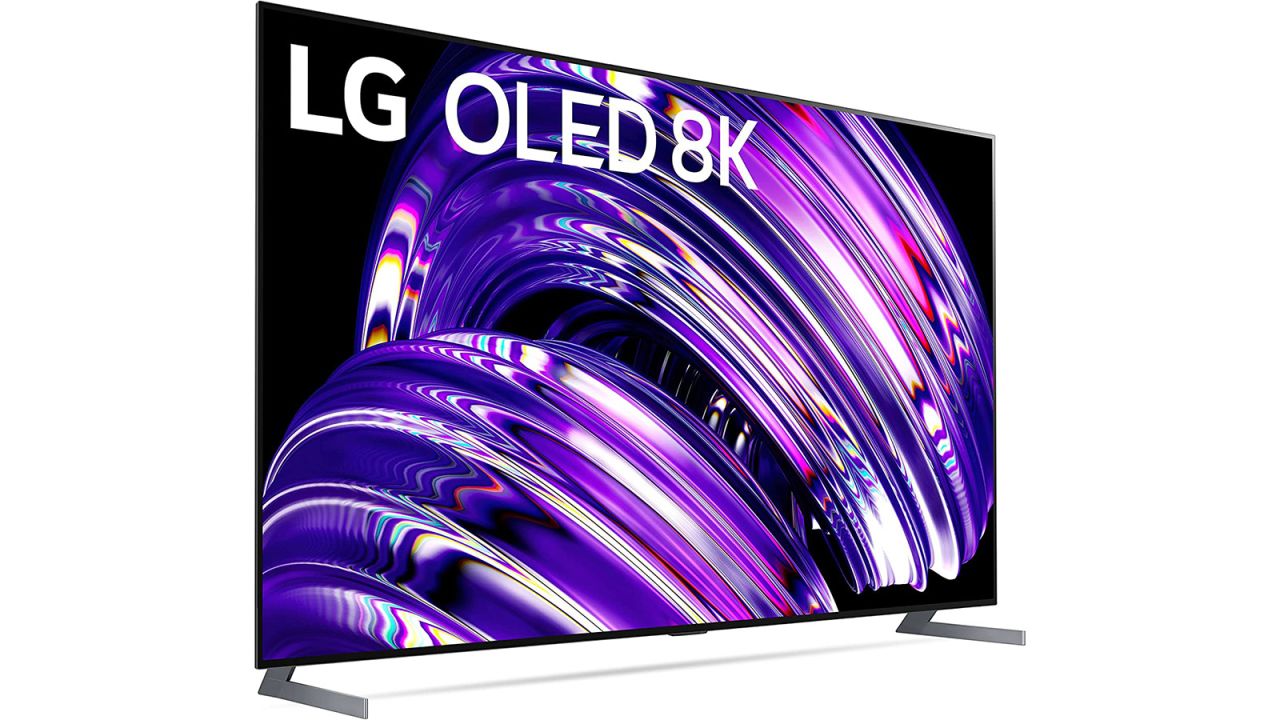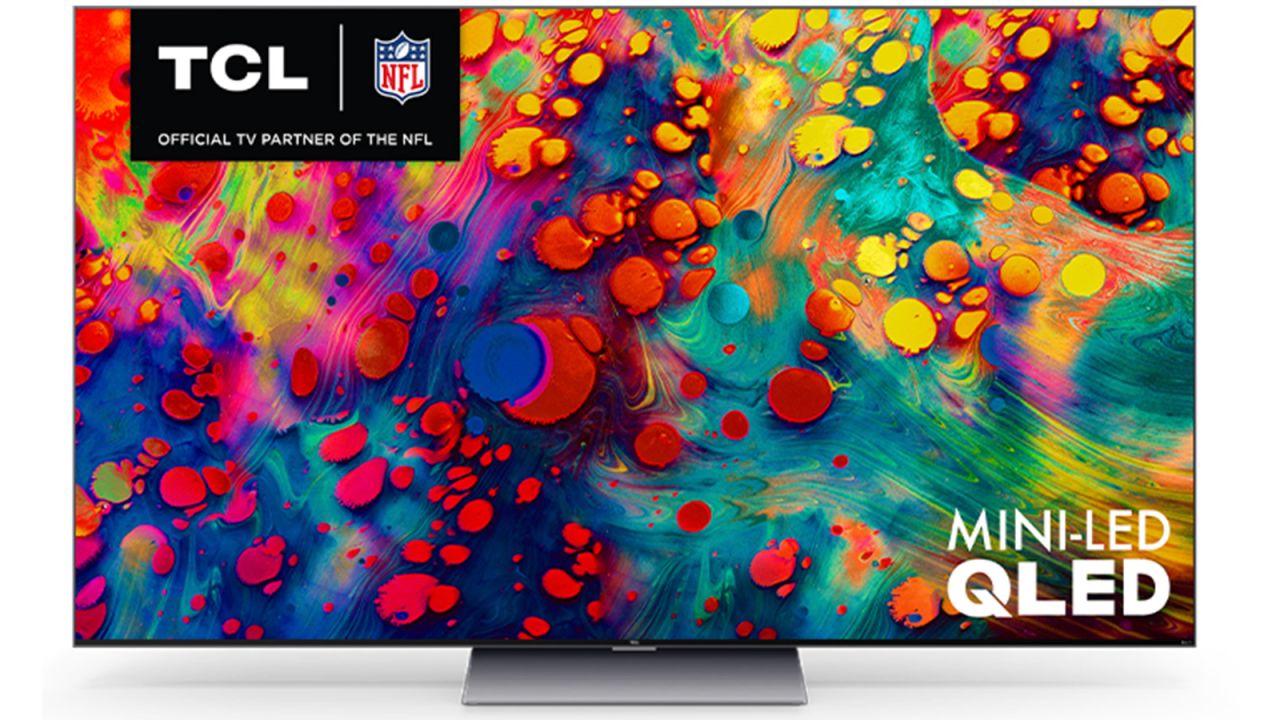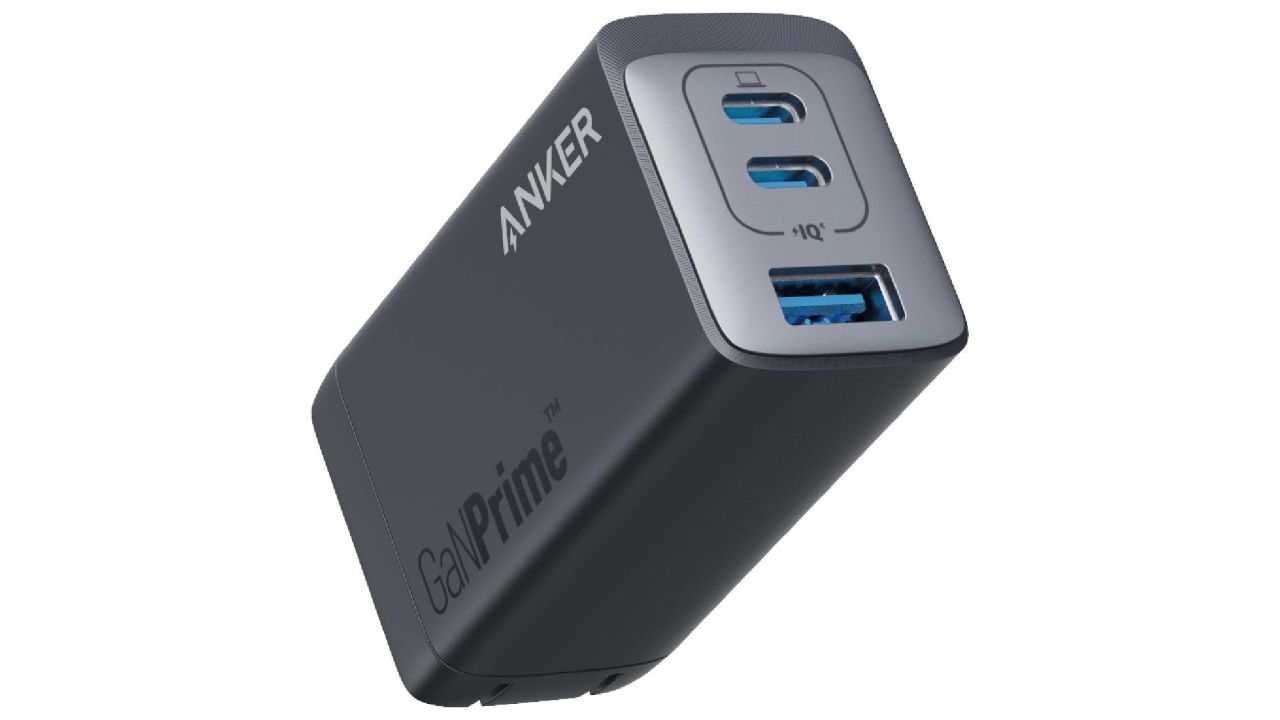If you’ve spent any time looking for a new TV, you’ve probably wondered what 8K resolution is, especially since its proponents claim that it offers the highest-resolution picture you can get. Coming straight on the heels of recent upgrades to picture quality, 8K Ultra HD TV is indeed a groundbreaking new format, offering?a whopping four times the resolution of 4K. The problem is, not only are these new 8K TVs considerably more expensive than their 4K brethren, there is also virtually no 8K content available.
Mike Fidler, executive director of the 8K Association, says current 8K models are ideal for any AV enthusiast interested in “the ultimate entertainment experience.” But, as we saw when HDTV first came out in the late 1990s, hardware typically hits the market well before the content. In fact, even though 4K Ultra HD TVs have been selling for about a decade, 4K content is still catching up.
So, why the slow uptake? And, more importantly, is it worth spending the cash on this new technology now or should you wait for more content? Before you walk into that TV showroom waving your credit card, here’s everything you need to know about 8K TV.
What is 8K?
8K Ultra HD TV is the newest TV format, quadrupling the resolution of 4K. By the numbers, that’s 7,680 horizontal and 4,320 vertical pixels on a screen for a total of approximately 33 million pixels (which is simply the picture elements that make up a TV picture). Compare that?with 3,840 x 2,160 and 8 million pixels for 4K TV and it ends up being quite a difference.
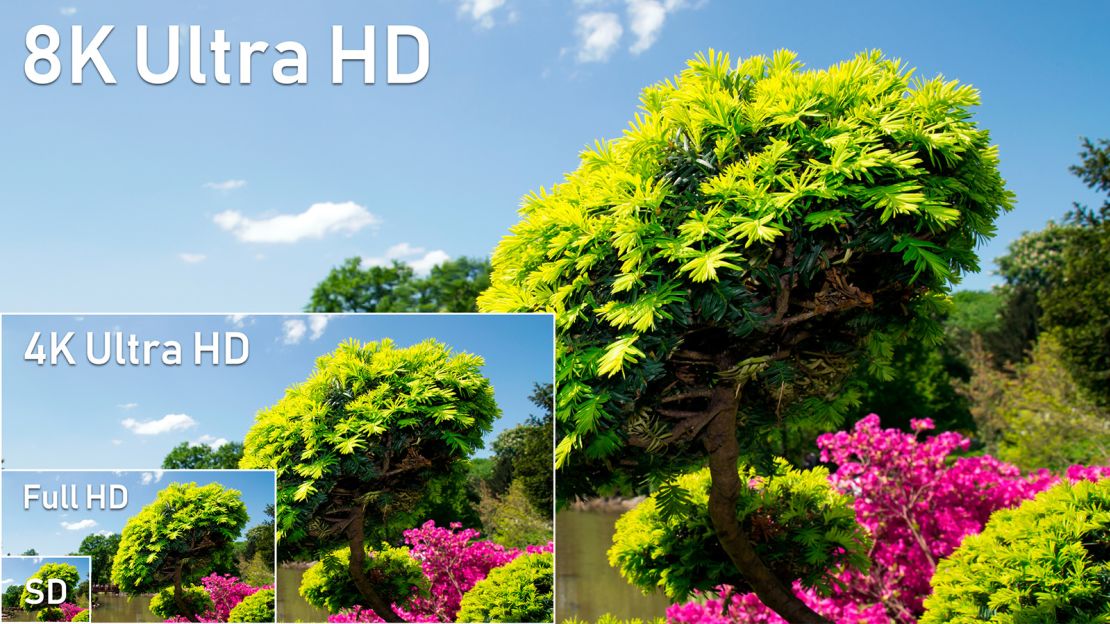
The more pixels, the sharper, more detailed and brighter the picture. With 8K resolution, you can sit closer to a massive screen, say a 77-incher, and not see the individual pixels that create the image. That, in turn, gives you a more realistic, theater-like experience.
8K resolution also means “better circles and curves,” such as a sun setting on the horizon, says Robert Zohn, president of Value Electronics in Scarsdale, New York, whose respected annual TV Shootout judges the best TVs for a given year. By having pixels smaller and closer together, “you don’t have jagged edges at all, so a circle is more accurate,” he says. Color pops off the screen more in 8K too. Not only are colors more saturated in 8K, they’re more accurate as well. Flesh tones, for example, are more refined.
Why is 8K taking so long?
Though the first 8K TVs rolled out in 2018, high prices and lack of content have kept sales modest. Even in Japan, which has one 8K broadcast TV channel, “uptake has been minimal,” according to an April 2022 report from Omdia. In 2021, 8K TVs only accounted for 15% of all TV shipments worldwide, or about 350,000 sets. Omdia forecasts sales of 2.7 million 8K TVs by year-end 2026. For comparison, the Consumer Technology Association says that 4K is now the dominant format in more than half of US homes in 2024.
A look at flagship 8K TVs at major retailers shows that they’re still expensive compared to 4K TVs. One of the cheapest 8K TVs currently in-stock at Best Buy, Samsung’s 85-inch QN800C QLED model, costs $3,300 at time of publication. Drop down to 65 inches and you’ll find sub-$2,000 8K TVs like Samsung’s QN800A. But considering that you can snag a similarly sized 4K TV for just a few hundred bucks and it’s hard to justify paying four times as much for an 8K model.
That’s particularly true given the lack of 8K content. Despite Intel’s 8K broadcast of the 2024 Paris Olympics — and some 8K trailers of blockbusters like “Dune: Part Two” — there’s little professionally shot 8K content available to show off the overachieving pixels. You can find plenty of user-generated 8K content on YouTube and Vimeo, though.
It will be some time before we’ll see Patrick Mahomes lead the Kansas City Chiefs in 8K on CBS Sports or Amazon Prime Video. The 8K Association, a cross-industry trade alliance, says the Blu-ray Disc format won’t extend to 8K because of the industry shift from physical media to internet streaming. For their part, streaming services are still getting up to speed with 4K TV shows and movies.
So, with virtually no 8K content available, what’s the benefit of buying an 8K TV today? “To future-proof your TV,” says Zohn. Though, in reality, by the time 8K content is readily accessible, there’s a good chance you’ll already be shopping for a new TV.
8K: Upscaling and beyond
When it comes to the content front, Fidler says to stay tuned. “Thanks to the extensive number of professional 8K cameras being used by filmmakers to ensure the highest resolution possible, this content will eventually find its way into the market in parallel with the increased number of 8K products,” he adds optimistically.
Expect 8K to be part of next-gen gaming systems too. The recently announced Playstation 5 Pro, which will go on sale in November, will support 8K gaming. The Xbox Series X already has the ability to run 8K games, but the system has yet to harness that potential. Still, it’s encouraging to see that the heavyweights of the gaming world are slowly embracing 8K and that streaming giants like Amazon Prime Video, Google, IMAX and Roku are part of the 8K Association.
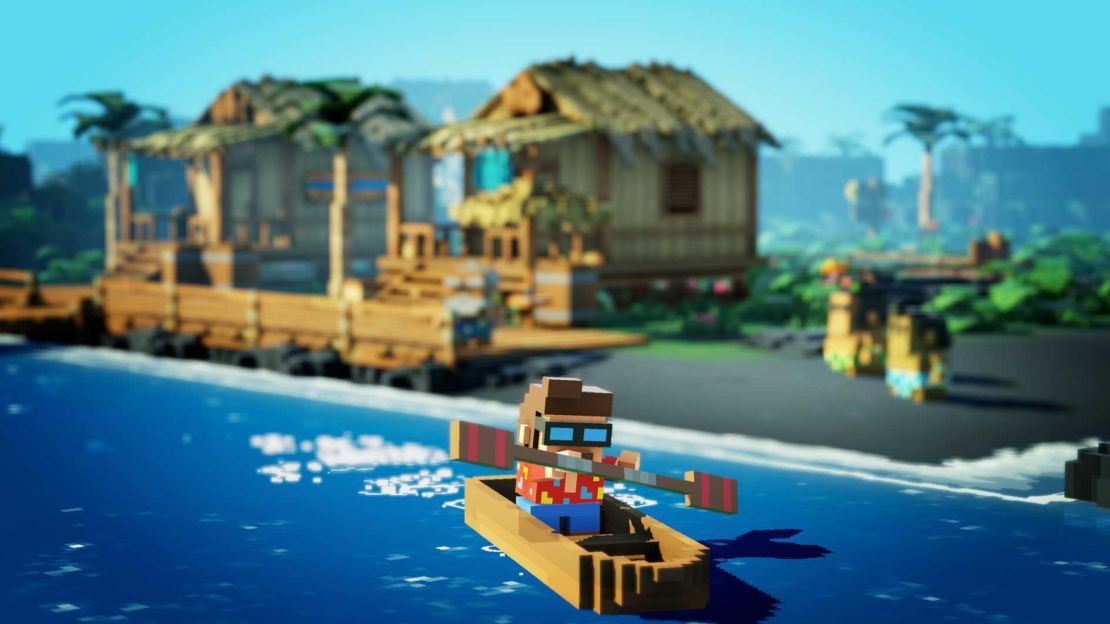
Though you can’t watch your favorite shows and movies in 8K on Amazon Prime, Netflix or Disney+ today, that doesn’t mean you can’t experience the benefits of an 8K TV. All 8K TVs have advanced processors that allow them to upscale 4K, and HD content, to 8K resolution — so everything you watch will be automatically upgraded with extra color and definition. The better the quality of video you start with, the better it will look in 8K. By most accounts, 4K movies and shows look better when upscaled on an 8K TV.
Do-it-yourself 8K
You don’t have to wait for the pros to deliver 8K content if you have a high-end camera or select smartphone. Believe it or not, a number of high-end digital still cameras offer 8K video recording, which you can then watch on your television. The Fujifilm X-H2 mirrorless camera ($2,500 with lens), for one, records 8K at 30 frames per second. The higher the frame rate of the recording, the smoother the video on your 8K TV.

And if you’re not ready to invest in a pricey camera, Samsung’s newest flagship smartphones, the Galaxy S24 and S24+ (from $800 and $1,000, respectively), boast 8K video recording at 30 frames per second. But once you get into 33-million-pixel file sizes, transferring the video becomes challenging. Samsung says you can share your 8K video via Wi-Fi or use its Tap or Smart View features to watch it on a Samsung TV. You can also upload to YouTube using Samsung’s Gallery app, but that comes with a warning. According to Samsung, “the video may take some time to upload due to the file size.”
8K TVs available now
At a hands-on Samsung preview earlier this year, we tested one of the company's newest 8K TVs: the 85-inch QN800D. The picture was crisp, and when we turned on the picture-optimizing Intelligent Mode, we were even more impressed with the screen's quality and color output. Even if you opt for the 65-inch version, you'll need to brace yourself for the price.
Can't drop $5,000 on a TV? Consider Samsung's slightly more affordable QN800D, which ranges from 65 to 85 inches. Though you'll lose out on some AI, HDR and object tracking sound features, you'll still benefit from Samsung's NQ8 chip and AI upscaling.
With its Mini-LED technology, you can expect deep contrast, a bright screen and an excellent picture on this updated 8K TV from LG. On top of all the standard features like AI upscaling, you'll get Dolby Atmos surround sound for that true home theater experience.
LG uses AI in its Alpha9 Gen 5 processor to automatically adjust this TV’s settings to match picture and sound quality to the content you’re watching. Gamer-friendly features result in reduced input lag, stuttering and tearing. The smart TV, with LG’s WebOS 22, has built-in access to the top streaming services, plus more than 300 free LG Channels. But for all those features, you'll pay a jaw-dropping $10,000.
This Mini LED TV is designed to make the most of Sony’s PlayStation 5 so details are easy to see even in high-contrast scenes. The TV automatically switches between game mode and standard mode to ensure the best playback for games and movies. With Google TV inside, it offers hands-free voice control to help you find a favorite show or get viewing recommendations.
TCL’s AiPQ Engine, with machine learning, intelligently enhances the picture during viewing for the optimum color and contrast. Automatic game mode selects the smoothest action, lowest latency and best picture settings for games. Built-in Roku TV gives direct access to free and subscription-based streaming services.
Bottom line
When it’s time to upgrade your primary TV, consider the value proposition of 4K versus 8K. For considerably more money, you’ll get improved brightness, more realistic color, crisp detail, deeper blacks and a better overall viewing experience with an 8K TV. You’ll also be ready for 8K video and games when they hit the market. Photography buffs and owners of newer Samsung Galaxy phones can also create and enjoy homegrown 8K content today.
But for most of us, budget rules. Consider that LG’s flagship 8K 77-inch OLED TV is $10,000 and its high-end Gallery Edition 4K counterpart is $4,449, and the choice is a no-brainer. For now, 4K TVs still deliver the best bang for the buck.





